Inside: Family History is fun! Here are two amazing ideas on how to make family history come to life. Making a family tree or creating a timeline of different centuries will take your children and grandchildren back in history and give them a taste of what life was like for their ancestors!
Family History is Fun!
Have you ever tried engaging in different ancestor activities with your children or grandchildren that show them that family history is fun?
For instance, have you ever delved into the historical events experienced by your ancestors by creating an awesome timeline?
Or, have you made a fabulous family tree that illustrates how 100s of your ancestors fit together like a puzzle?
If you’re looking for educational, entertaining activities that show your kids and grandkids that family history is fun—get busy creating a timeline and a fancy family tree!
After all, who doesn’t like discovering fascinating events that happened before they were born? And when you create a family tree it helps everyone see how their extended family is connected and related.
However, your kids and grandkids will positively respond to your love of ancestors IF it feels like “play!”
Diana Ackerman, author and poet said: “Play is our brain’s favorite way of learning.”
This post will set the stage for your kids/grandkids to play as they create a timeline that will give everyone a glimpse of what their ancestors experienced while growing up. And create a family tree that coincides with the seasons of the year and the seasons of life.
Creating a playful atmosphere is the best way to teach your kiddies about those interesting people from the past.
Yes—family history is fun!
A Family Tree for All Seasons
If you are new to researching your ancestors, you may want to FIRST start by creating a 4-generation family chart. Click here for my step-by-step instructions on how to do it.
If you want to jump in and make an amazing family tree—keep reading.
I made 4 family trees—one to represent each of our four sons and their families. I made them coincide with the four seasons of the year—spring, summer, fall, and winter—by using posterboard colors that would complement each season (if you have more than 4 children, just repeat the seasons).
Spring was green, summer was yellow, fall was brown and winter was blue.
Your family trees can also coincide with the four seasons of life—birth, childhood, adulthood, and old age.
Here are some ideas on how to create your family trees: You can make as many trees as you have children or make a tree to represent each family.
Over the course of a year, your goal is to completely fill up the posterboard with ancestors.
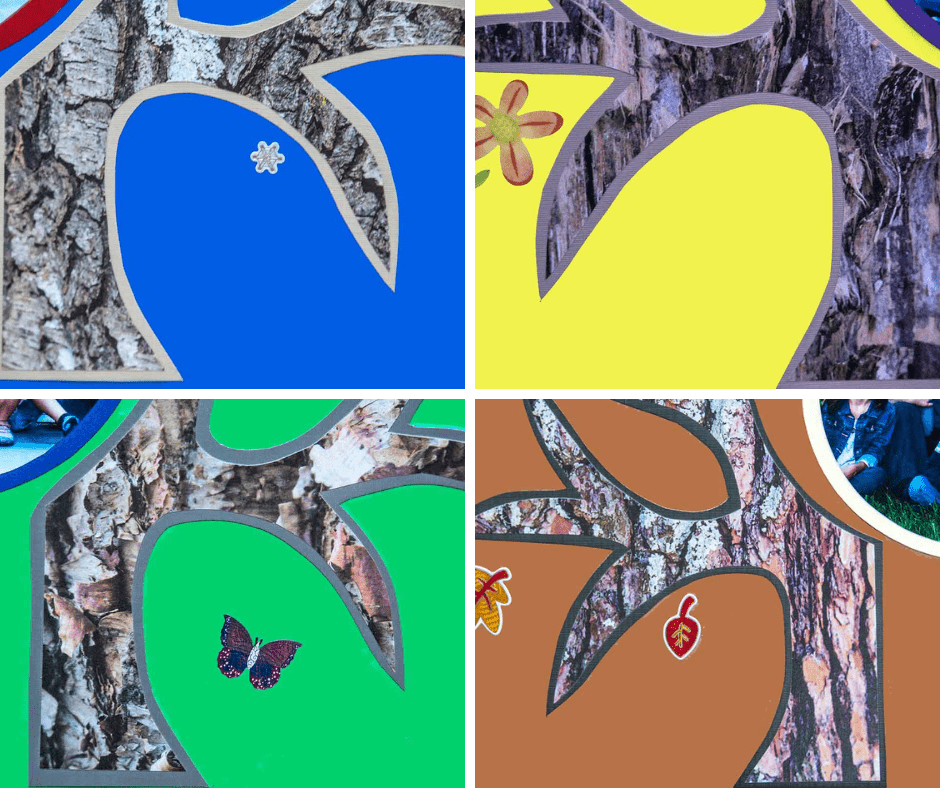
A close-up of the tree bark paper I used to make the trees. The shape represented a female reindeer.
Supplies
- Free Tree template. The branches on this tree template are thin so as I was cutting it out, I made the branches and the trunk wider. I like this template because the tree is split into two sides and you can easily put a family picture in the middle of the two sections.
- Family pictures—one family picture representing each family and season.
- Tree bark paper
- Posterboard in different colors representing each season of the year
- White cardstock paper cut in 1.5” circles—36 pieces
- 36 Pictures of ancestors cut in 1” circles. I used 18 pictures from my side and 18 from my husband’s side. Add more pictures each month.
- Glue—hot glue and glue sticks
Directions
- Download and cut out the tree template. Copy off each section of the tree on separate pieces of paper.
- Trace your tree onto the tree bark paper. Cut out.
- Arrange the 2 sections of the tree at the bottom of your poster board leaving room to put a family picture in the middle. Glue in place
- Cut out a ROUND family picture and glue it in between the two tree trunks
- Cut out 36 round pieces of white cardstock (1.5”) and 36 pictures of your ancestors (1”). Glue the ancestor pictures onto each circle of cardstock paper.
- Laminate everything—the tree with the family pictures and all the ancestor pictures. Trim
- Put all the ancestor pictures in a sturdy envelope to keep them together.
To Play the Game
- Divide your family into teams. Each family can act as a team.
- Give each team a family tree and 36 or more ancestor pictures
- Each team needs to put the ancestors on the correct side of the tree. We have the left side for my husband’s family and the right side of the tree for my family.
- The team that puts all their ancestors on the correct side wins. However, if they put the correct husband and wife together—they get extra points.
- Give prizes to the winning team! Then rinse & repeat for more family history fun!
The Symbol of the Female Reindeer
If you have ancestors from the British Isles, Scandinavia, Greenland, Russia, Siberia, and Mongolia, who celebrated the Winter Solstice, you can create your family tree filled with symbolism and meaning.
One of the celebrations of Winter Solstice (December 21) was to honor the female reindeer. The male reindeer loses their antlers each November, but the doe keeps hers all winter long.
Throughout the cold winter months, she provides milk to sustain families; leads the herds in winter and legend says the Deer Mother draws the sleigh of the Sun Goddess across the winter skies on the darkest night of the year.
For those people, the doe’s antlers resembled and symbolized the “Tree of Life,” fertility and rebirth.
Since many of my ancestors hail from the British Isles, Scandinavia, and Prussia, I made our family tree resemble the shape of the female reindeer’s antlers—strong, beautiful, and meaningful. I’ve shared this story with my children growing up and now my grandchildren.
If your ancestors come from any of the above countries—make your family tree resemble the antlers of the female reindeer!
Creating a Timeline
Creating a timeline to help your children/grandchildren understand the age and events your ancestors lived, is a fabulous way to teach them that family history is fun!
It does take some work to put the timeline together, but it will provide hours of historical fun as you discover events and happenings your ancestors experienced throughout the centuries.
Here’s how to put it all together:
Supplies
- Bulletin Board Paper 2ft x 24ft in different colors.
- Black markers
- Yardstick
- Pictures to represent different events in each century.
- Create dates on the computer to represent each event.
- Each timeline had this across the top (with different centuries): “Timeline 1900-2000.”
- Glue the dates and titles on your timeline but not the pictures (I had 52 for the 1900s)
Directions
- Lay the 24-foot bulletin board paper flat. With a black marker and yardstick, draw a horizontal line down the center of the paper for 24 feet (12 inches on each side)
- Most bulletin board paper comes in 48×12’. I would cut it so the height is 2 feet and the length 24 feet. You want different colors to represent different centuries.
- Decide what events you are going to put on each of the timelines. Go to Google and type in “major events of the 1800s, or 1900s, or 21st century” You can also break this down by years in increments of 25 years. You will find many events to pick from. I choose 37 events plus 15 pictures of ancestors born in the 1900s and I did the same for the other centuries
- Copy off and download the pictures of the events you are going to put on your timeline. I copied off 4 events on a standard 8.5×11” sheet of paper and the size of each was 4.25 x 5.5”. Some of the pictures were vertical and some were horizontal. Type the name of the event on each picture and the date of the event (see example).
- Once you have printed off pictures of the historical events, cut them out and laminate them. When laminating your timeline, you need to cut it into 3-foot sections. You cannot laminate 24 feet at once without having issues. Once it is laminated, you can tape the sections together on the back.
- And check out the book series, “I Survived” by Lauren Tarshis. They are about historical events written for children. My 9-year-old grandson helped me with the events and told me all about these books.
Some Events I used for the 1900s
- 1902: First Rose Bowl Game
- 1903 Wright Brothers make their First Flight at Kitty Hawk
- 1903: First World Series in Baseball
- 1903: First Movie: The Great Train Robbery
- 1906 San Francisco Earthquake
- 1908: Model T Ford
- 1909: Penny changed to the image of Abraham Lincoln
- 1912: RMS Titanic Sinks
- 1913: The Armory Show opens in New York City introducing Modern Art
- 1914: Mother’s Day is declared a National Holiday
- 1914: World War I
- 1916: Albert Einstein published General Theory of Relativity
- 1918: Spanish Flu Pandemic begins
- 1920: 19th Amendment: Women can Vote!
- 1920: First handkerchiefs made
- 1920-1921: The Great Depression
- 1927: Charles Lindbergh makes the first trans-Atlantic flight
- 1927: Philo Taylor Farnsworth invented the first electronic Television
- 1927: Babe Ruth hits a record 60 home runs in a single season
- 1928: Amelia Earhart becomes the first woman to fly across the Atlantic Ocean
- 1928: Disney’s Steamboat Willie opens; the first animated picture to feature Mickey Mouse
- 1930: First “Dick & Jane” books published
- 1931: Star Spangled Banner adopted as the National Anthem
- 1935: Elvis Presley appeared on the music scene
- 1937: Dr. Seuss’ First Book Published: “And to Think that I Saw it on Mulberry Street”
- 1939-1945: World War II
- 1950-1975: Vietnam War
- 1940-1950s: Paper dolls created
- 1950: Pinafores for children created
- 1950 Pop beads were invented for kids
- 1958: Hula Hoops invented
- 1884-1960: Chewing gum: Black Jack, Beemans, Clove, Juicy Fruit
- 1960: The Beatles came onto the music scene taking the world by storm
- 1962: Lt. Col. John Glenn becomes the first U.S. astronaut to orbit Earth
- 1964: President Johnson signs the Civil Rights Act
- 1969: Rev. Martin Luther King, Jr. is assassinated in Memphis, Tennessee
- 1986: Challenger Space Shuttle explodes killing all 7 crew members
Family History is Fun—How Timelines Help Create a History of Early Ancestors
Timelines can be helpful in another way. Once I researched my ancestors to the 1700s the information, stories, and pictures (the first camera was not invented until 1816) were sketchy.
If you have the birth and death dates of an ancestor and know where they were born and lived, you can create a small picture of their possible life.
For example, go to Google and type in the birth and death dates of your ancestor and where they lived. Ask Google what was happening in that city or country during that time period. You will get general information, but at least it is something. My relatives on my paternal side date back to 879 and I’ve been able to create information on some of my relatives doing this on Google (yay for Google)!
I hope this has been helpful information and that you are willing to create at least ONE timeline representing your favorite century for your children or grandchildren and by doing so, help them to understand that family history is fun!
Here are more posts about ancestors:
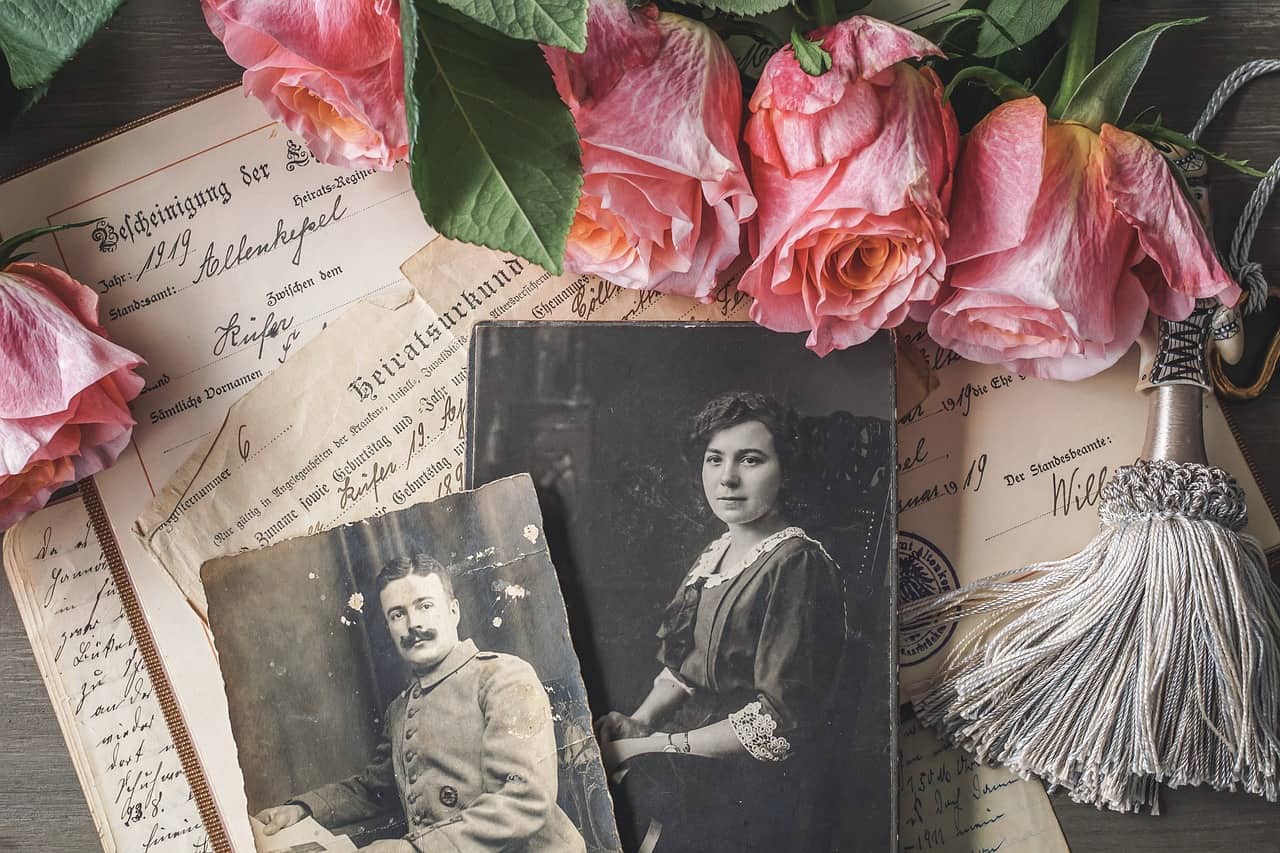
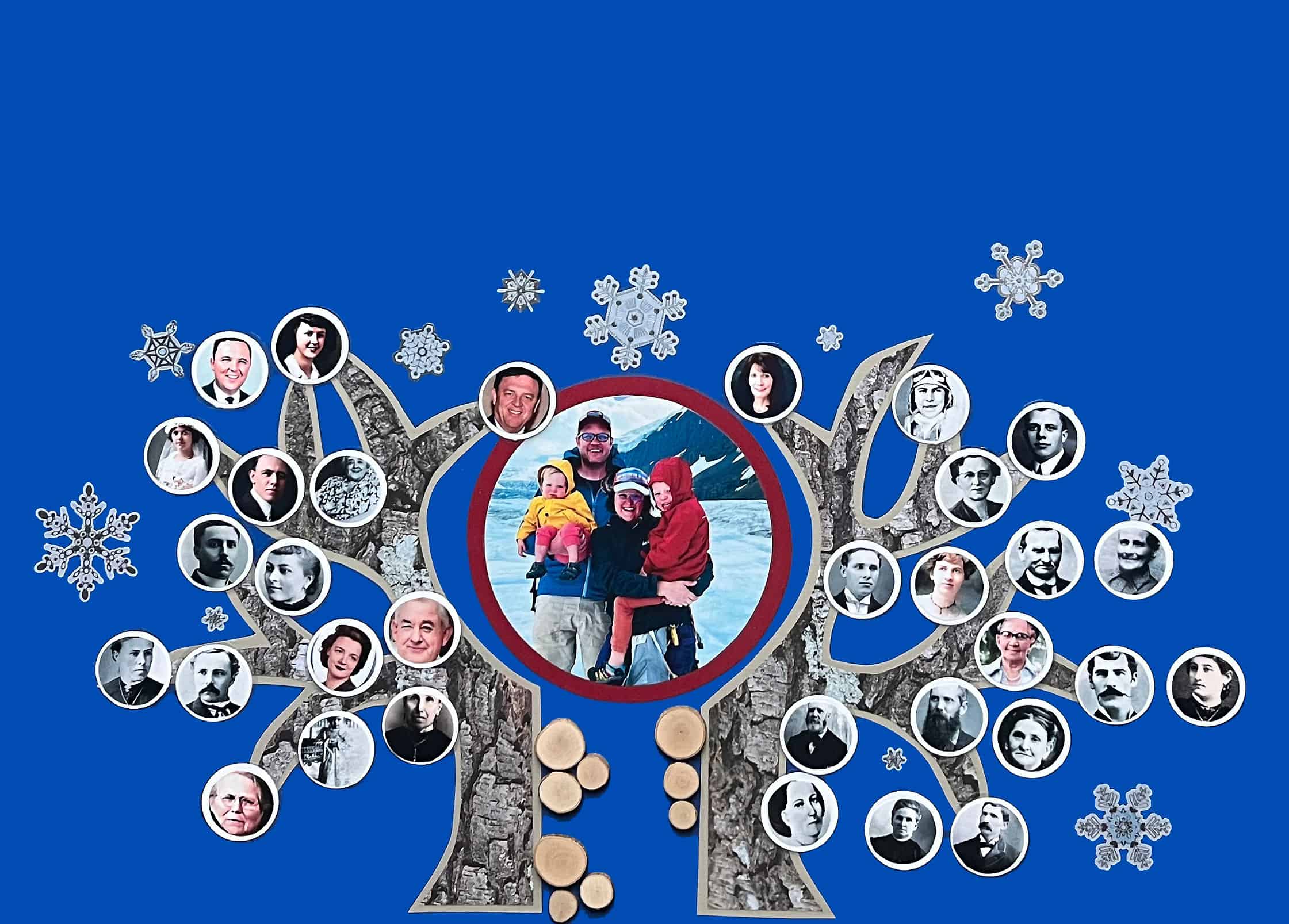
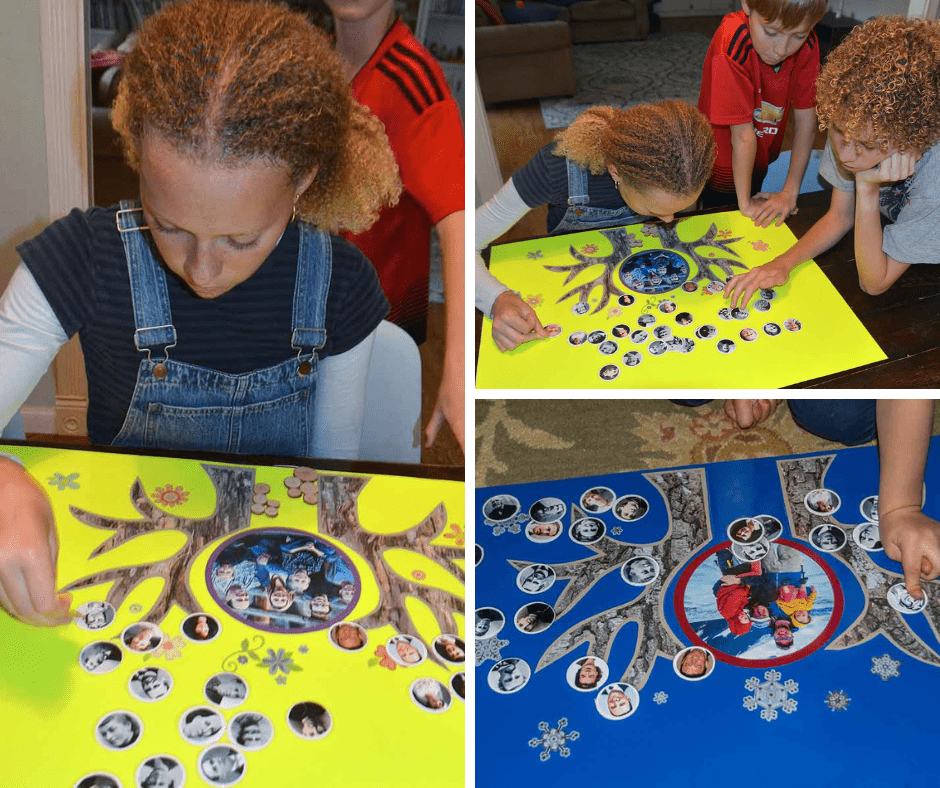
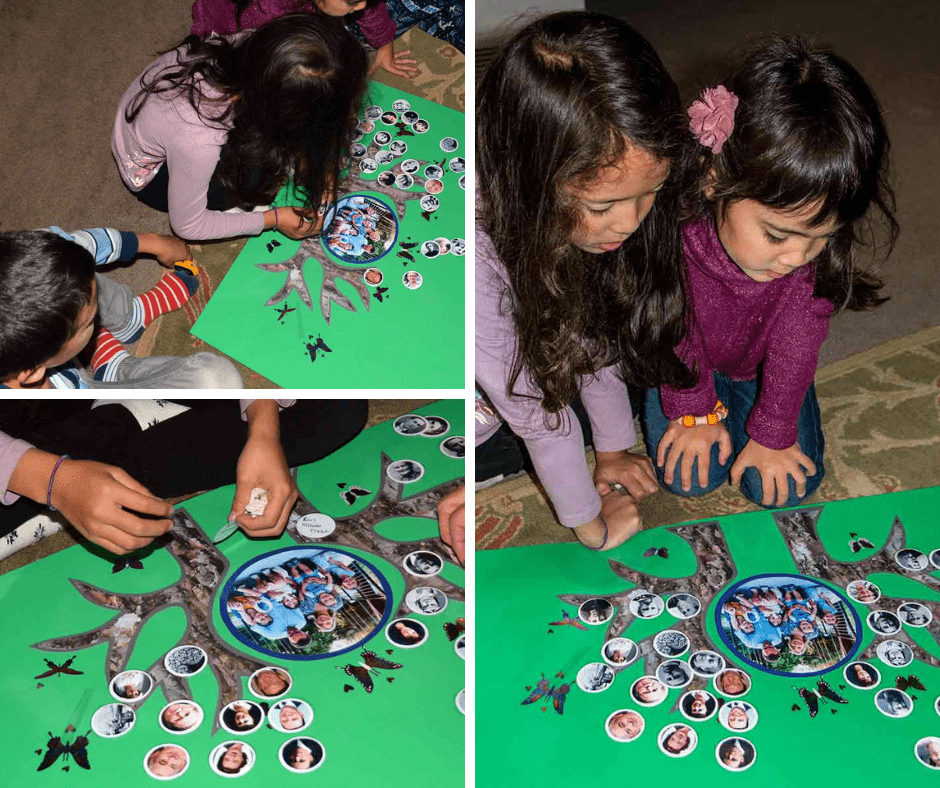


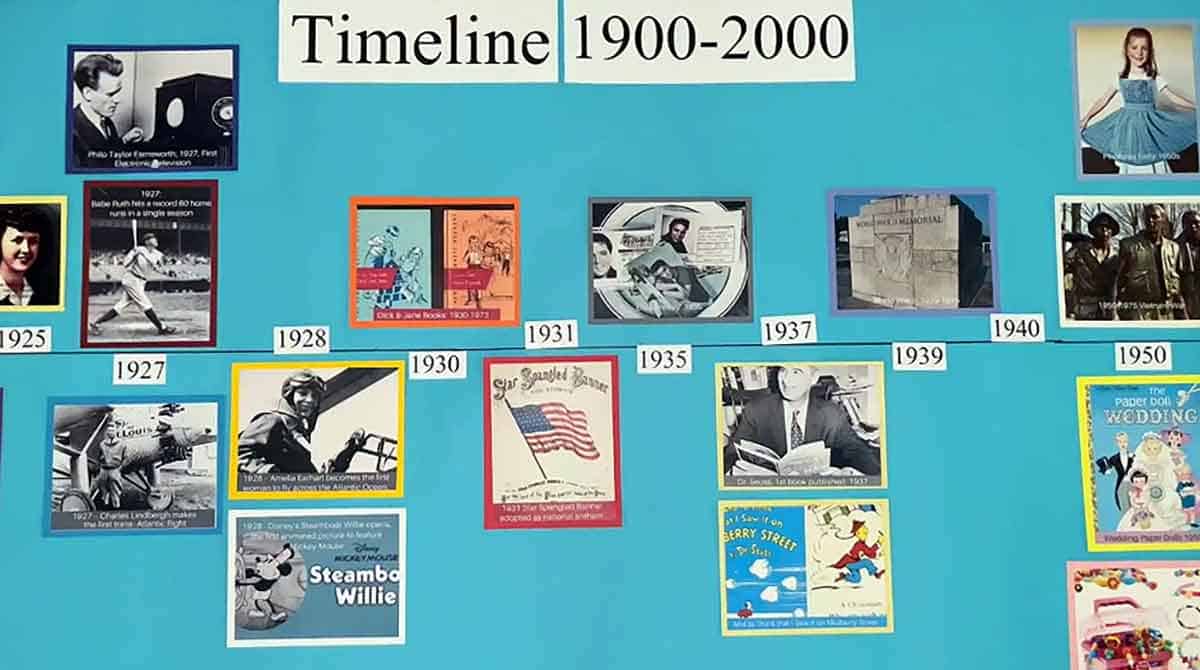
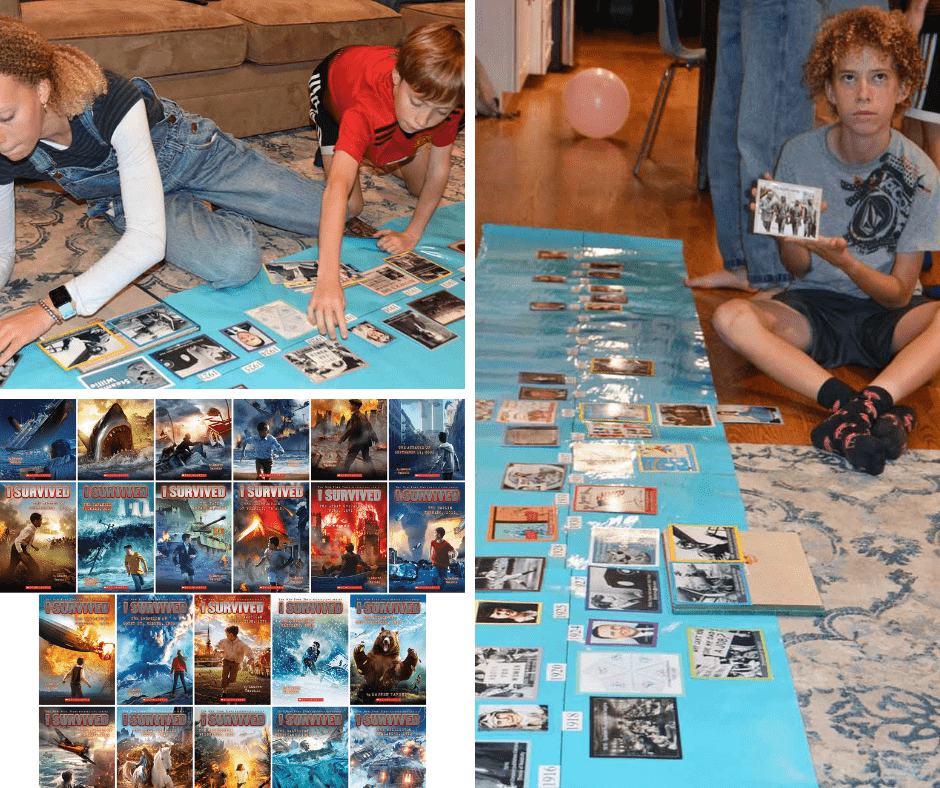
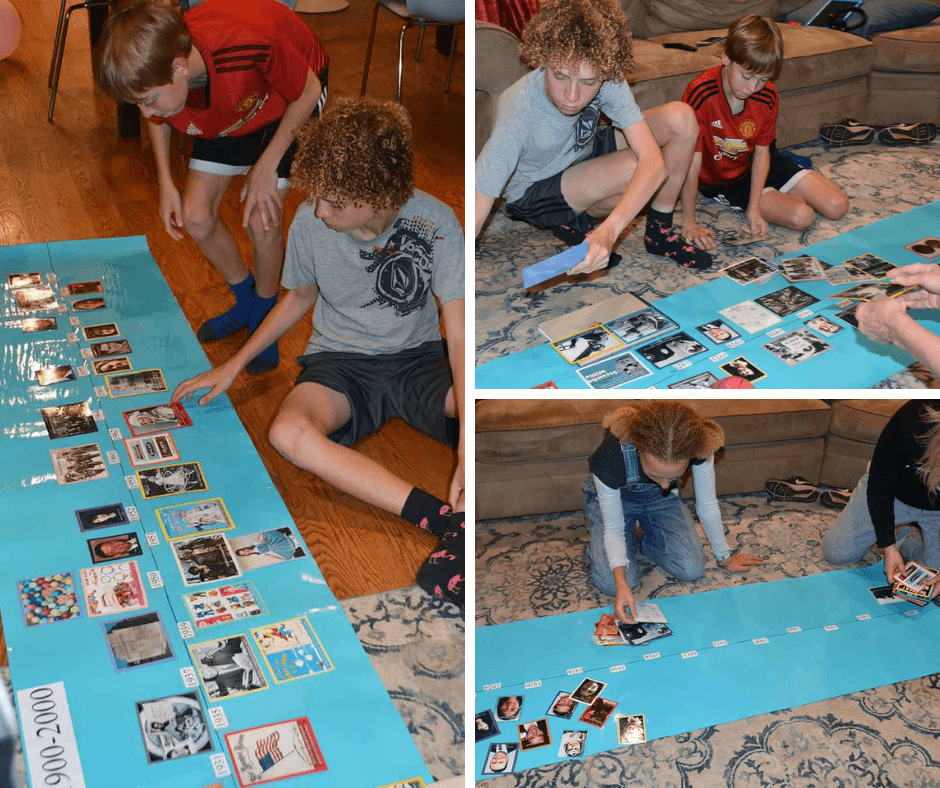
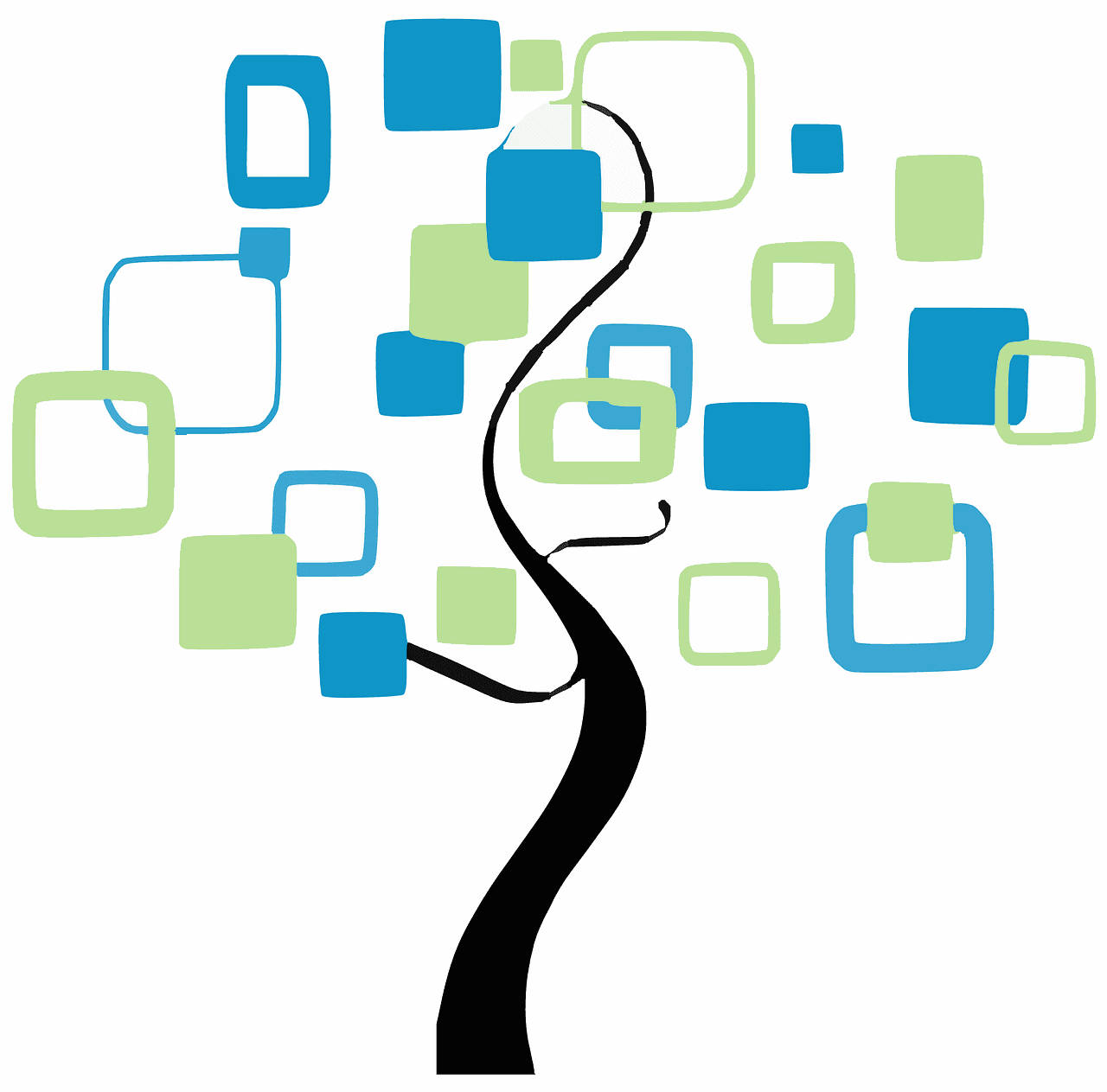


Leave a Reply